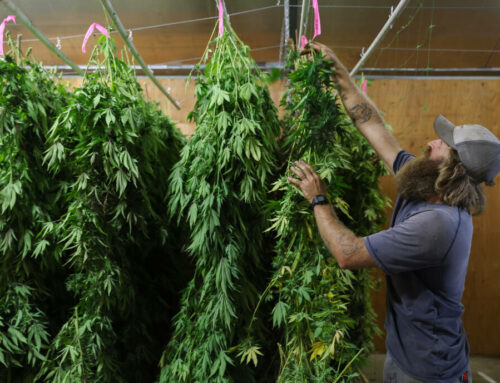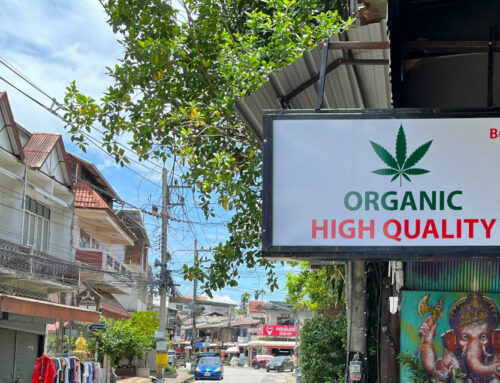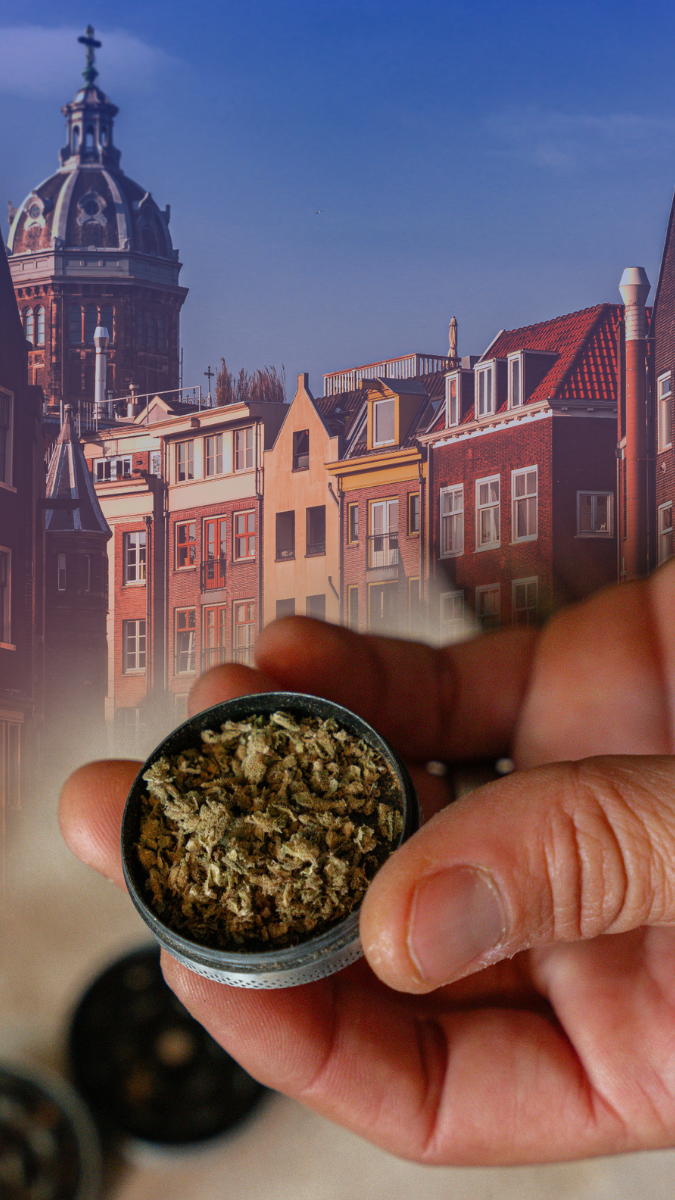A Glance at Denmark’s Cannabis Destruction Data: Implications for the Medical Pilot Program
COPENHAGEN- Reporting from MJBizDaily shows tat Denmark destroyed 100 tonnes of cannabis, the article went on to describe how Denmark has a cannabis industry, recent data released by the Danish Parliament’s Health Committee has brought to light a noticeable trend in Denmark’s burgeoning medical cannabis sector, revealing that a significant portion of legal cannabis produced under the regulatory guidelines has not reached consumers, and instead has been purposefully destroyed.
According to a statement issued earlier this year in response to a parliamentary inquiry, over 300 permits have been issued authorizing the destruction of 145,541 kilograms (or approximately 320,862 pounds) of cannabis. This amount, equating to the weight of nearly 79 Tesla Model Y vehicles, exceeds the total cannabis output reported to global drug regulators.
Burgeoning Sector under Scrutiny
Launched in 2018, Denmark’s medical cannabis pilot program, nearing its six-year mark, has engaged various companies, including prominent names such as Aurora Cannabis of Canada and Little Green Pharma of Australia, as well as Medican, based in Helsinge, Denmark. The reason behind the high volume of cannabis destruction, however, remains unclear, attributed to various potential factors including inadequate demand, regulatory guidelines, or quality issues.
In comparison, between 2018 and 2021, licensed firms in Canada eradicated a staggering 872,443 kilograms of cannabis. This development in Denmark underlines a prevailing issue in certain nations where a substantial quantity of legally cultivated cannabis fails to find its way to the market, ultimately being discarded.
Multiple Cultivation Authorizations in Play
The Danish regulatory framework permits several types of cultivation authorizations, encompassing the medical cannabis pilot program, manufacturing active substances for pharmaceutical products, plant propagation, and a developmental program. This latter initiative allows companies to refine their cultivation and manufacturing techniques within the pilot scheme’s confines, with the stipulation that the produced cannabis cannot be sold and must be destroyed.
A spokesperson from the Danish Medicines Agency highlighted that all cultivation types are strictly licensed, and associated companies are involved in both the production and destruction of cannabis. They noted that the destruction encompasses cannabis grown or imported for the pilot program and those cultivated under the developmental scheme. This could include discarded or faulty products, and the calculated weight represents the dried weight of the discarded product, including those containing more than 0.2% THC.
Scrutinizing the Destruction Data
Despite the release of this data, a detailed year-on-year analysis is unavailable, making it challenging to track the trend of cannabis destruction over the years. A partial data for 2022 shared with MJBizDaily reveals that 10,753 kilograms of cannabis were “lost or destroyed”, a figure that does not account for the amount eradicated under the developmental program.
Furthermore, there exists a noticeable discrepancy in the reported figures, with the amount of destroyed cannabis significantly surpassing the production data reported to the International Narcotic Control Board (INCB), a UN body overseeing the implementation of international drug control conventions. According to INCB data, the cannabis production in Denmark under the pilot program was recorded as 2,112 kilograms in 2019, 6,587 kilograms in 2020, and 32,433 kilograms in 2021. Data for 2022 remains unavailable.
Growth in the Cannabis Sector
Despite these destruction figures, the medical cannabis sector in Denmark is experiencing growth, as indicated by the increasing sales figures. The total sales of cannabis products escalated from about 30.8 million Danish kroner ($4.4 million) in 2020 to 64.3 million kroner in 2021. Last year witnessed sales amounting to approximately 62.5 million kroner.
As Denmark continues its ventures in the medical cannabis domain, striking a balance between production and market demand while adhering to stringent quality and regulatory guidelines remains pivotal. It is anticipated that the ongoing developments will pave the way for further inquiries and potential policy adjustments, fostering a more sustainable and efficient market environment.



































